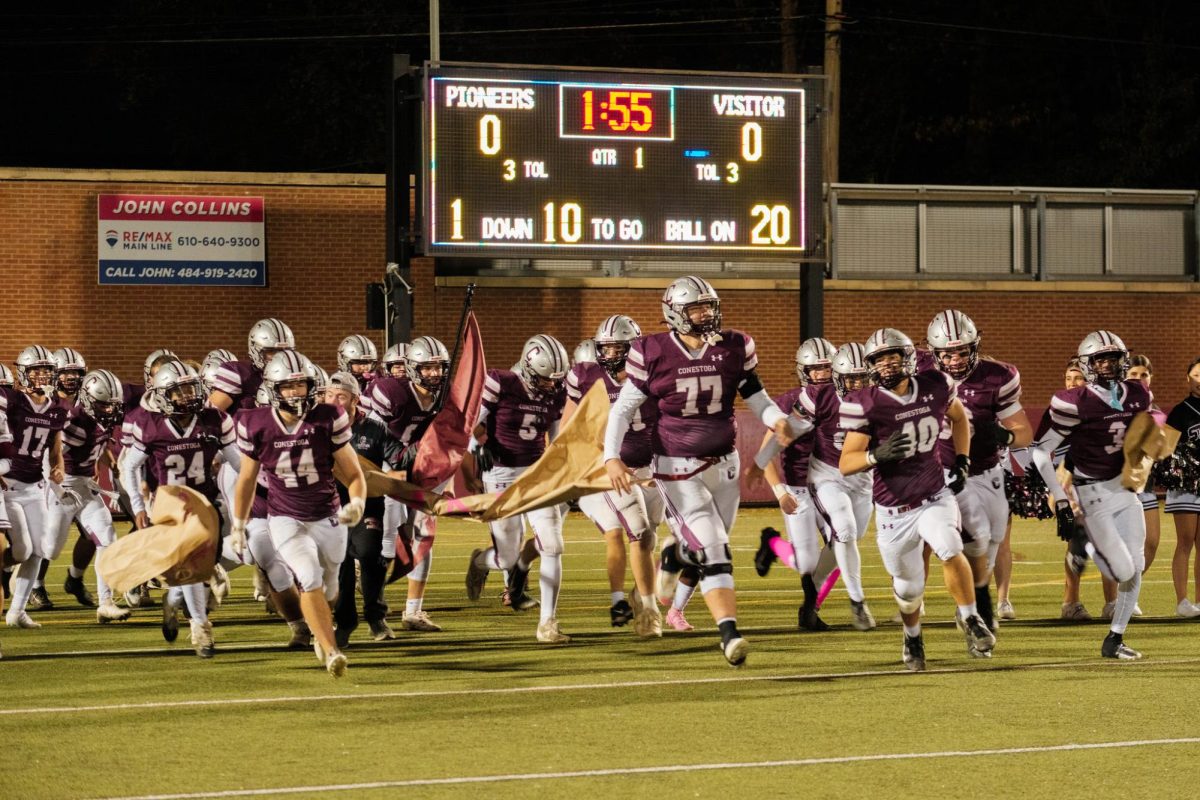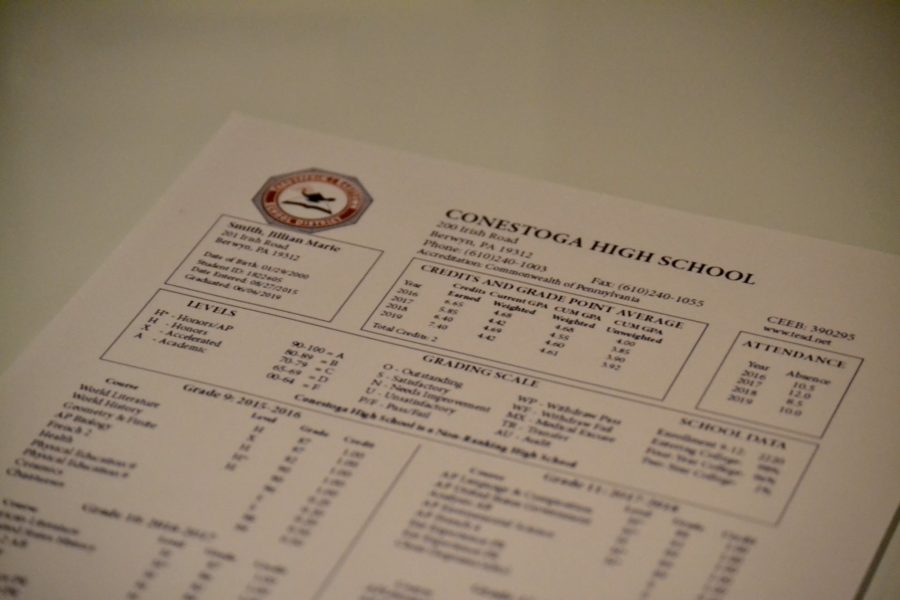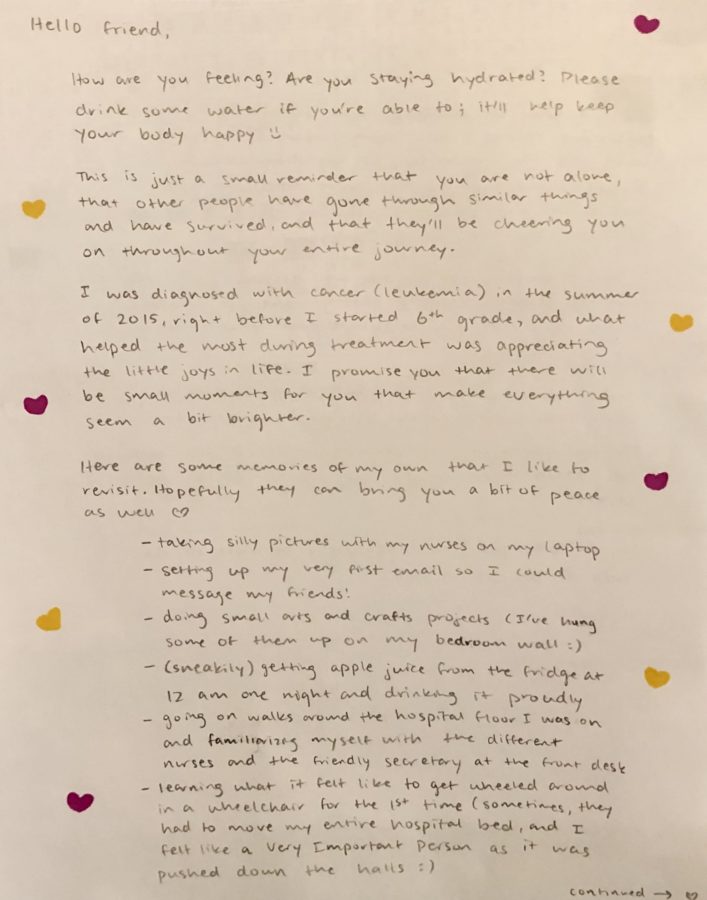By Jui Bhatia and Maya Shah, Staff Reporters
Last updated nearly two and a half decades ago, the current transcript format needs a change, according to the school board. Technology has changed drastically since 1996 and the district has had plans to start revising the current format for nearly four years. This year, after compiling feedback and making changes, the district finally unveiled the new format..
The current transcripts include students’ entrance and graduation dates, school data, instructional levels, attendance, academic records, honors awards and activities. Feedback from over 200 organizations and many top officials from universities in charge of the admissions process, indicated a need for following the current admissions process and a more streamlined design.
“Whenever we would travel to a national or state conference, we would talk to different reps from the schools. We’d send information sheets, or emails out to about over 100 schools, and they all got back to us explaining what they liked and didn’t like about our transcripts,” said Jennifer Kratsa, the department chair of Student Services.
The feedback found that abbreviations used in both the grading scale and course names needed clarification as they were specific to Conestoga and thus resulted in confusion. The teachers compiled this feedback and slowly started drafting out a more concise format for the transcript. The end result is a more aesthetically appealing and practical format that emphasizes user friendliness.
Courses were changed to be organized by department instead of year to emphasize students’ growth. Student activities would no longer be reported on the transcript as students self-report this information. Additionally, the overall look of the transcript was updated, adjusting the style by adding more color and a Conestoga symbol.
“Technology has changed drastically from 1996 to present day so there’s more things you could do with the transcript that you couldn’t before.” said Vice Principal Anthony DiLella, who worked on compiling the changes required. “Like when you look at the old one, even the font, is an older font, so even the font looks more outdated.”
The honors awards and activities section was completely scrapped from the new format, since the district wanted the format to follow the current admission process’ self-reporting model.
“Today’s students self report information,” Kratsa said. “Schools are not pulling that information from this document. And we just felt that if it wasn’t being used, then we should clean it up and make it more user friendly to the people reading it.”
Despite seeming to be insignificant, Kratsa and DiLella stress the larger importance of such minor changes. Both point towards the important symbol the transcripts represent.
“We don’t want (college admissions officers) to feel at all frustrated by reading our transcript. We want them to love what they read and what they see and we want them to be able to read it quickly.” Kratsa said. “They want all of the data there easily, so that they can look at it and get it and go. So, in my mind, the most important thing is to remember these college reps are human. It all just goes back to being user friendly.”
The class of 2021 will be the last to use the older format. Juniors and sophomores will receive the new format over the summer, along with a letter detailing the changes, while freshmen will directly begin use of the new format.
DiLella explains how important transcripts are in the college application process, and serve as a vital part of the school’s image.
“When kids apply to college, we want to make sure that we present the best product possible to the universities for review,” DiLella said. “So it’s significant that we stay up to date with the feedback from colleges and universities on the admissions process to make sure that when we present (the) information to colleges that it is what they’re looking for.”



























































































